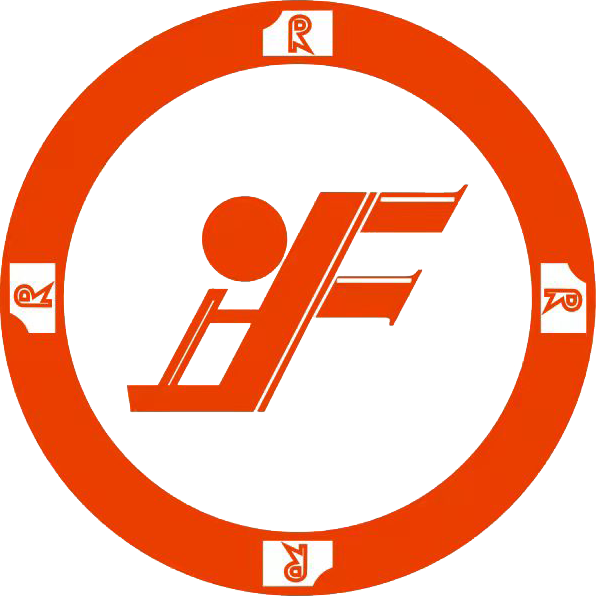Copper has long been recognized for its durability and flexibility in various applications, but its potential as a primary material for sustainable construction is only now beginning to be realized. In South Korea, a nation facing pressing environmental challenges, the innovation and use of **copper blocks** is rapidly changing the landscape of construction. This article explores the various benefits, applications, and future prospects of copper blocks in sustainable building practices in South Korea.
What are Copper Blocks?
Copper blocks are large, solid forms of copper that can be utilized in construction. Known for their aesthetic appeal and intrinsic properties, they serve multiple purposes including structural support, electrical efficiency, and thermal regulation. Their versatility makes them an attractive option for developers looking to build in a more environmentally friendly manner. The shift towards using copper blocks stems from both technological advancements and a growing acknowledgment of sustainable practices.
Benefits of Copper Blocks in Sustainable Construction
The incorporation of **copper blocks** into construction projects offers several significant advantages:
Durability: Copper is highly resistant to corrosion and decay, making it an ideal material for long-lasting structures. The lifespan of copper exceeds that of traditional building materials.
Recyclability: One of the most appealing aspects of copper is its recyclability. At the end of a building’s lifecycle, copper can be completely recycled without losing its properties, reducing waste.
Thermal Properties: Copper blocks have excellent thermal conductivity. This can contribute to **energy-efficient buildings** by maintaining comfortable indoor temperatures and reducing heating and cooling costs.
Aesthetic Value: The natural color and texture of copper can enhance the architectural design, offering a distinctive look that appeals to modern sensibilities.
Sustainability and Environmental Considerations
In a world increasingly compromised by **climate change**, it is imperative to consider the environmental impact of construction materials. Copper mining and processing have historically been associated with significant ecological footprints. However, with advances in **sustainable mining practices** and recycling technologies, the environmental impacts can be mitigated. South Korea’s focus on sustainable development is a driving force behind the integration of copper blocks into building projects, emphasizing a circular economy where materials are reused and recycled.
Applications of Copper Blocks in Construction
Various applications for copper blocks in construction highlight their versatility:
Structural Components: Copper blocks can be used in façades and frame structures, providing support while maintaining aesthetic appeal.
Utility Infrastructure: Copper is a popular choice for plumbing and electrical systems due to its conductivity and resistance to corrosion.
Roofing Solutions: Copper roofs are becoming increasingly popular due to their longevity and ability to naturally self-patinize, providing a unique appearance over time.
Challenges in Adopting Copper Blocks
Despite the advantages, there are challenges to overcome in the broader adoption of copper blocks in South Korea:
Cost: The initial investment in copper can be higher than traditional materials. However, this may be offset over time through durability and energy savings.
Market Awareness: The construction sector must be educated about the benefits and potential of copper blocks to overcome skepticism toward new materials.
Supply Chain Issues: Sourcing copper sustainably can pose challenges, necessitating better tracking and management of the supply chain.
Future Prospects of Copper Blocks in South Korea
The future of copper blocks in South Korea looks promising as the country seeks innovative solutions to its construction needs. Continued research and development in copper processing and construction techniques will drive further efficiency and sustainability. The adoption of green building certifications and regulations can also encourage builders to utilize copper blocks as part of their eco-friendly construction practices.
Conclusion
**Copper blocks represent a significant advancement in sustainable construction practices in South Korea**. With their numerous benefits, including durability, recyclability, and aesthetic appeal, copper blocks address both structural and environmental needs. As the industry shifts towards more sustainable methods, the potential applications of copper blocks will likely increase, aiding South Korea in achieving its sustainability goals. By overcoming current challenges through education and innovation, we can pave the way for a greener future in construction.
FAQs
What are the main advantages of using copper blocks in construction?
Some of the primary benefits of copper blocks include their durability, recyclability, thermal efficiency, and aesthetic appeal.
Are copper blocks more expensive than traditional materials?
Yes, the initial cost of copper blocks can be higher, but the overall lifecycle cost may be lower due to their longevity and energy efficiency.
How does the use of copper blocks contribute to sustainability?
Copper blocks contribute to sustainability through their durability, potential for recycling, and energy efficiency in building operations.
What challenges does the construction industry face in adopting copper blocks?
The primary challenges include higher initial costs, limited market awareness, and potential supply chain issues regarding sustainable sourcing.
Copper Blocks The Future of Sustainable Construction in South Korea
